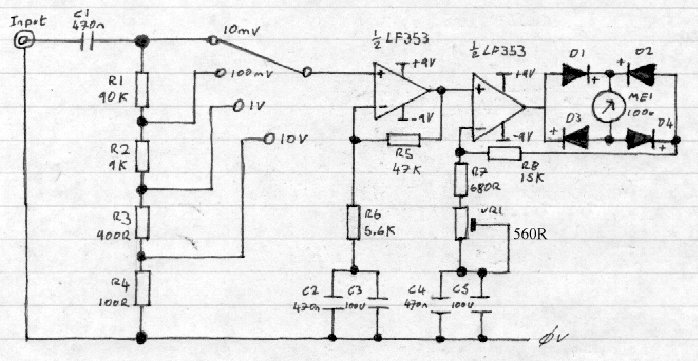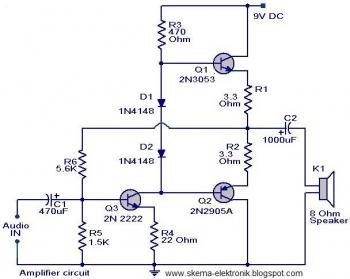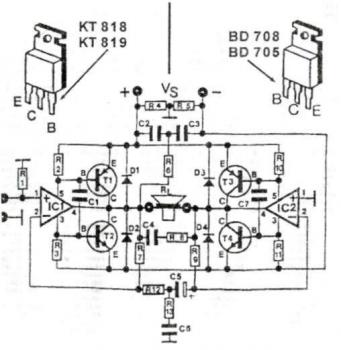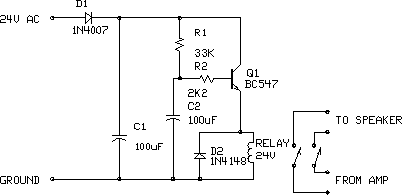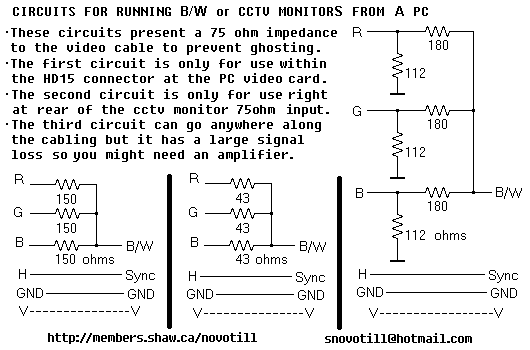
Audio Analogue to Digital Converter AD2496

The latest circuit diagram of the AD2496 is presented here. All modifications intended and described in the article regarding the prototype have been implemented. Additionally, two current-compensated chokes have been introduced to enhance electromagnetic compatibility (EMC) immunity. While these components were not deemed strictly necessary, they address the stringent requirements of relevant regulations, as this design is intended for professional applications. As of May 2006, it was discovered that the TOTX141 must be replaced by the TOTX179P, since the former operates at 3.3 V, which does not prevent it from functioning in all units. However, the TOTX179P is fully compatible with an operating voltage of 5 V. Furthermore, the discontinued CS8405A has been replaced by the fully compatible CS8406. The DIP-switches have been rearranged so that the four relevant ones are positioned on the leftmost side, while the others are designated for experimental use and are not intended for installation in the final device. The units utilize an SG206 case from the German company Fischer Elektronik. The front panel, case, and board are securely attached using the element 5.60.422 from the German company Ettinger, available at BG Rüklin. Alternative cases can be used for the board, which can be easily integrated into other enclosures. A detailed dimensional drawing is provided, available as either a GIF or PDF file, illustrating how the board is secured within the SG206 and how it can alternatively be mounted directly to other front panels. Four stand-offs, pillars, or distance tubes may also be employed to secure the board to the bottom of the enclosure, with drilling positions indicated in the dimensional drawing. The front panel is manufactured by Schaeffer AG in Europe and is also available in the US from Front Panel Express, LLC. A design file for the front panel is required; once submitted to the manufacturer, a precisely milled and engraved front panel will be produced, as demonstrated in the accompanying photos. The design file can be modified using the front panel design software "Front Panel Designer," available in both German and English, which is free and user-friendly, allowing customization to fit other enclosures. The back panel only requires two simple 10 mm holes and possibly the markings "L" and "R," thus no separate design file has been prepared for that; however, it is straightforward to adapt the front panel design file to create a corresponding file for the back panel.
The AD2496 circuit diagram reflects a sophisticated design aimed at high-performance audio applications. The integration of current-compensated chokes serves to minimize electromagnetic interference, ensuring the device meets the rigorous standards set forth by regulatory bodies. The transition from the TOTX141 to the TOTX179P is a crucial enhancement, as it not only maintains compatibility with existing designs but also optimizes the operating voltage for improved reliability. The choice of components, including the CS8406, further underscores the commitment to maintaining high-quality audio signal processing.
The arrangement of DIP switches enhances user accessibility and facilitates straightforward configuration. The SG206 case, along with the specified mounting hardware, ensures that the circuit board is securely housed while allowing for flexibility in installation. The availability of detailed dimensional drawings aids in the precise assembly of the unit, accommodating various enclosure designs.
The collaboration with manufacturers such as Schaeffer AG and Front Panel Express, LLC, exemplifies a professional approach to product development, ensuring that the final product not only meets technical specifications but also aesthetic considerations. The use of front panel design software allows for customization, enabling users to tailor the front panel to their specific needs, thereby enhancing the overall user experience. The straightforward design of the back panel further simplifies the assembly process, making it accessible for modifications as needed. Overall, the AD2496 circuit diagram represents a well-thought-out integration of components and design elements, resulting in a robust and professional audio device.The latest circuit diagram of the AD2496 is shown here. All modifacations I intended and described in the article about the prototype have been implemented. Additionally I introduced two current compensated chokes for higher EMV immunity. Not that I experienced them to be necessary, but I know about the extreme requirements of the relevant regulat ions. And this design is meant to be professional. from May `06: I also found out that the TOTX141 has to be replaced by a TOTX179P because the TOTX141 is a 3. 3 V type (which does actually not prevent it from working in all my units). Except its operating voltage of 5 V the TOTX179P is fully compatible. Also, the discontinued CS8405A is replaced by the fully compatible CS8406. I rearranged the DIP-switches so that the 4 relevant ones are on the leftmost side. The others are for experimental use and not meant to be populated in an actual device. For my units I used an SG206 case from the (German) company Fischer Elektronik. Front panel, case and board are directly fixed to each other using the element 5. 60. 422 from the (German) company Ettinger, available at BG rklin. You need not necessarily use the case I used. The board can easily be built into other cases. For this case I provided a detailed dimensional drawing, either as a GIF file or as a PDF file. You will see there how the board is fixed within the SG206 and how it can alternatively be fixed directly to other front panels.
Of course you may also use four stand-offs, pillars or distance tubes to fix the board on the bottom of your case. The drilling positions can be found in the dimensional drawing, too. The front panel is manufactured by Schaeffer AG (in Europe) and is available in the US from Front Panel Express, LLC, too.
You need the design file for the front panel, then you just have to send it to the manufacturer and you`ll get a perfectly milled and engraved front panel, as the photos show. You may also modify the design file with the front panel design software "Front Panel Designer" German or English (it`s free and very convenient) so that it fits to other cases of your choice.
As the back panel only contains two simple 10 mm holes and maybe the markings "L" and "R" I forwent to prepare a design file for that, but it is simple to modify the front panel design file to obtain the corresponding file for the back panel. 🔗 External reference
The AD2496 circuit diagram reflects a sophisticated design aimed at high-performance audio applications. The integration of current-compensated chokes serves to minimize electromagnetic interference, ensuring the device meets the rigorous standards set forth by regulatory bodies. The transition from the TOTX141 to the TOTX179P is a crucial enhancement, as it not only maintains compatibility with existing designs but also optimizes the operating voltage for improved reliability. The choice of components, including the CS8406, further underscores the commitment to maintaining high-quality audio signal processing.
The arrangement of DIP switches enhances user accessibility and facilitates straightforward configuration. The SG206 case, along with the specified mounting hardware, ensures that the circuit board is securely housed while allowing for flexibility in installation. The availability of detailed dimensional drawings aids in the precise assembly of the unit, accommodating various enclosure designs.
The collaboration with manufacturers such as Schaeffer AG and Front Panel Express, LLC, exemplifies a professional approach to product development, ensuring that the final product not only meets technical specifications but also aesthetic considerations. The use of front panel design software allows for customization, enabling users to tailor the front panel to their specific needs, thereby enhancing the overall user experience. The straightforward design of the back panel further simplifies the assembly process, making it accessible for modifications as needed. Overall, the AD2496 circuit diagram represents a well-thought-out integration of components and design elements, resulting in a robust and professional audio device.The latest circuit diagram of the AD2496 is shown here. All modifacations I intended and described in the article about the prototype have been implemented. Additionally I introduced two current compensated chokes for higher EMV immunity. Not that I experienced them to be necessary, but I know about the extreme requirements of the relevant regulat ions. And this design is meant to be professional. from May `06: I also found out that the TOTX141 has to be replaced by a TOTX179P because the TOTX141 is a 3. 3 V type (which does actually not prevent it from working in all my units). Except its operating voltage of 5 V the TOTX179P is fully compatible. Also, the discontinued CS8405A is replaced by the fully compatible CS8406. I rearranged the DIP-switches so that the 4 relevant ones are on the leftmost side. The others are for experimental use and not meant to be populated in an actual device. For my units I used an SG206 case from the (German) company Fischer Elektronik. Front panel, case and board are directly fixed to each other using the element 5. 60. 422 from the (German) company Ettinger, available at BG rklin. You need not necessarily use the case I used. The board can easily be built into other cases. For this case I provided a detailed dimensional drawing, either as a GIF file or as a PDF file. You will see there how the board is fixed within the SG206 and how it can alternatively be fixed directly to other front panels.
Of course you may also use four stand-offs, pillars or distance tubes to fix the board on the bottom of your case. The drilling positions can be found in the dimensional drawing, too. The front panel is manufactured by Schaeffer AG (in Europe) and is available in the US from Front Panel Express, LLC, too.
You need the design file for the front panel, then you just have to send it to the manufacturer and you`ll get a perfectly milled and engraved front panel, as the photos show. You may also modify the design file with the front panel design software "Front Panel Designer" German or English (it`s free and very convenient) so that it fits to other cases of your choice.
As the back panel only contains two simple 10 mm holes and maybe the markings "L" and "R" I forwent to prepare a design file for that, but it is simple to modify the front panel design file to obtain the corresponding file for the back panel. 🔗 External reference
